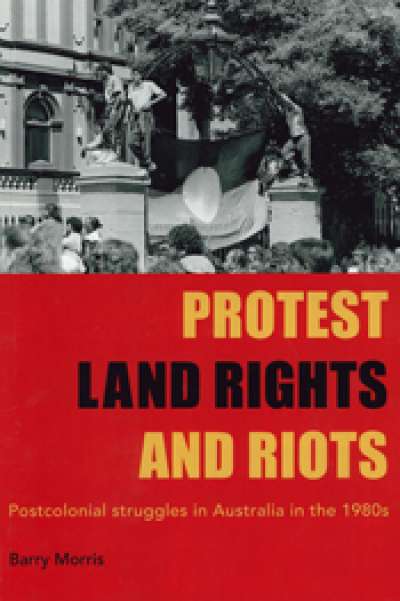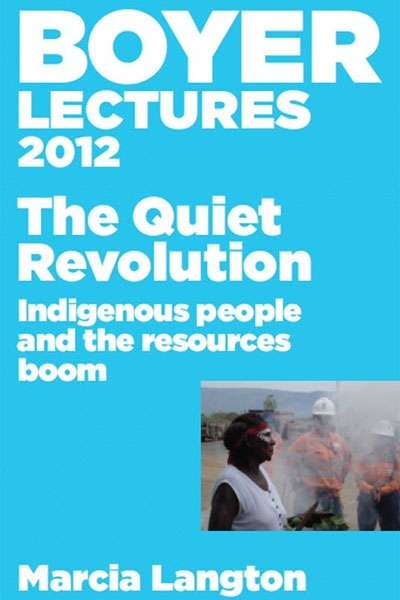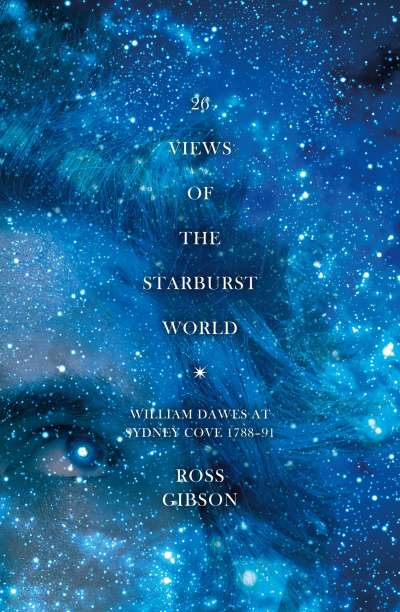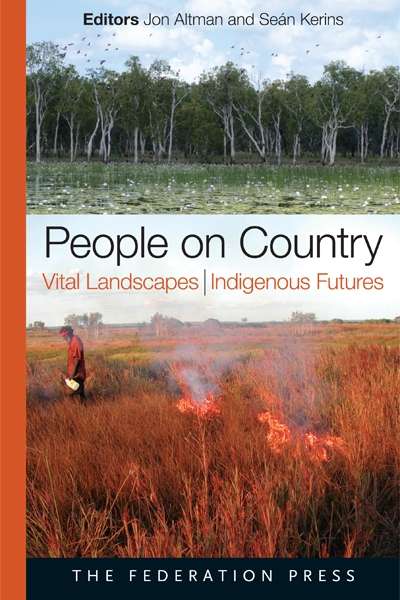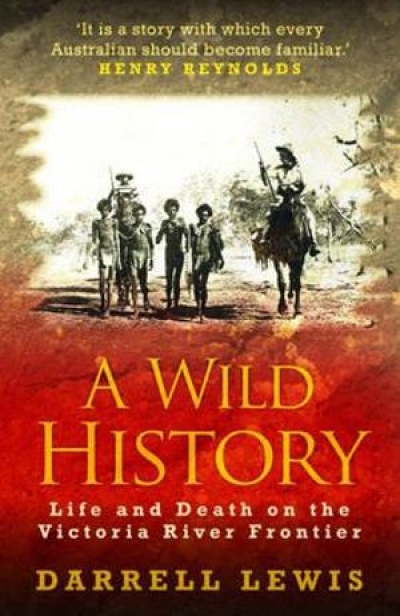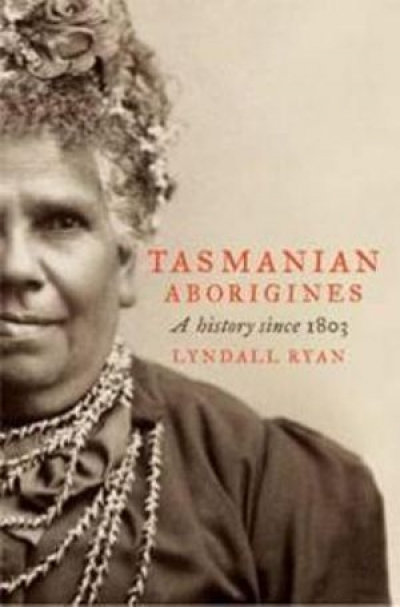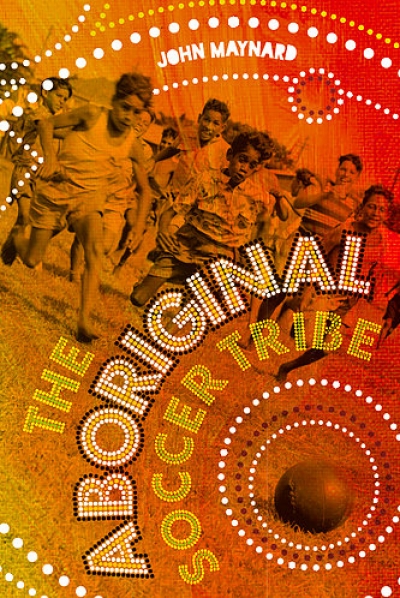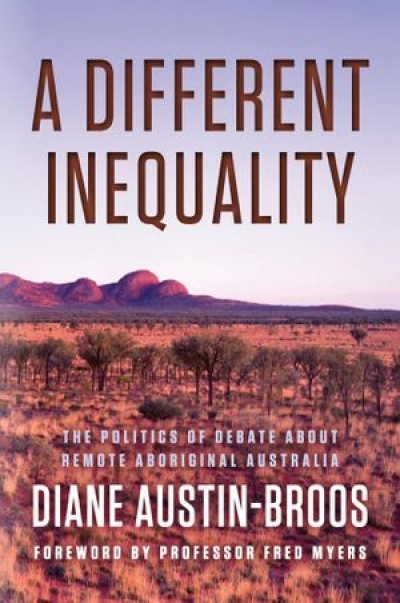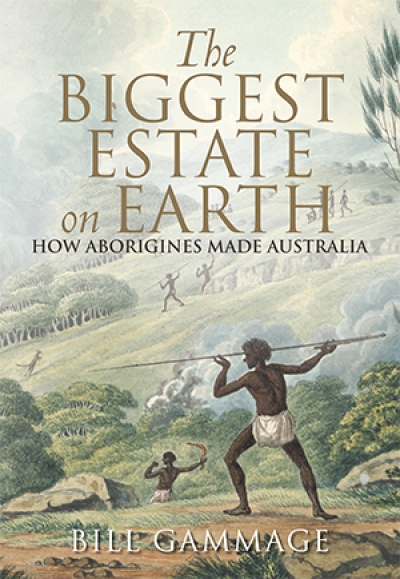Indigenous Studies
Protests, Land Rights and Riots: Postcolonial struggles in Australia in the 1980s by Barry Morris
Protests, Land Rights and Riots examines indigenous politics in New South Wales in the 1980s. The discussion focuses on several protests, including the infamous 1987 ‘Brewarrina riot’, which followed the death of a young Aboriginal man in police custody, as well as a 1990 demonstration against amendments to the Aboriginal Land Rights Act 1983 (New South Wales). Morris, an anthropologist, provides the background to these and other events, and captures the tensions that characterised indigenous politics at the time, as well as the post-colonial ‘fantasies’ and ‘anxieties’ that infused the broader society around its bicentenary.
... (read more)The Quiet Revolution: Indigenous People and the Resources Boom (2012 Boyer Lectures) by Marcia Langton
The Aborigines of Australia are among the more land-rich of colonised peoples. More than one fifth of Australia is under Aboriginal ownership, and a perpetual fund – established by Labor and fattened by Coalition and Labor governments – will add to this estate. To examine this recent change in Australian real estate as a ‘quiet revolution’ was a good choice of theme by Marcia Langton.
... (read more)The morgue in Gunbalanya holds no more than half a dozen corpses – and, as usual, it was full. When the Old Man died in the wet season of 2012, they had to fly him to Darwin, only to discover that the morgue there was already overcrowded. So they moved him again, this time to Katherine, where they put him on ice until the funeral. The hot climate notwithstanding, things can move at glacial speed in the Northern Territory, where the wags tell you that NT stands for ‘Not today, not tomorrow’. The big departure had stalked and yet eluded the Old Man in recent years. Now he would wait six months for his burial. Only then would he be properly ‘finished up’, as they say in Gunbalanya, a place rich in many things: poverty, and euphemisms for death, among them.
... (read more)26 Views of the Starburst World: William Dawes at Sydney Cove 1788–91 by Ross Gibson
Words matter, and there can be few more misleading ones in Australian history than ‘settlement’, as used to describe the period immediately following the arrival of the First Fleet. It connotes understanding and agreement. In Sydney Cove, by contrast, five distinct groups were present: Governor Phillip and his immediate entourage; naval vessels and their crews; a detachment of Royal Marines; a group of convicts; and the Indigenous people of the area whose home it had been for tens of thousands of years – all of them at some stage profoundly misunderstanding each other and often in major disagreement or conflict; all of them decidedly unsettled.
... (read more)People on Country: Vital Landscapes, Indigenous Futures edited by Jon Altman and Seán Kerins
Over the last few years, issues associated with underdevelopment in Aboriginal Australia have been widely canvassed in the mainstream press, led by the likes of Noel Pearson, Marcia Langton, and Peter Sutton. This new edited volume adopts a somewhat different approach to Aboriginal development, focusing on Indigenous involvement in natural resource management around Australia.
... (read more)A Wild History: Life and death on the Victoria River frontier by Darrell Lewis
Darrell Lewis first encountered the Victoria River District of the Northern Territory in 1971 when he worked as a field assistant for the Bureau of Mineral Resources. ‘There was an aura about the country which fired my imagination,’ he writes. Since then, as an historian and archaeologist, he has become an auth ...
Tasmanian Aborigines: A History Since 1803 by Lyndall Ryan
One of the first things that Australians learn at school or on arrival as migrants is that this country has a rich history of war. Australia’s military tradition has been an integral part of the making of modern Australia. World War II opened doors to a wave of European migration and cultural enrichment, and each conflict since then has been followed by a similar surge of social development. Australia has grown up on war – or, at least, we have grown through it.
... (read more)The Aboriginal Soccer Tribe: A History of Aboriginal Involvement with the World Game by John Maynard
Communities, extended family connections, and role models have been keys to Aboriginal participation in Australian sport. Other factors – racist exclusion among them – have limited the appearance of Indigenous athletes in professional running and boxing. The high proportion of Aboriginal footballers now playing in the Australian Football League and both rugby codes inevitably begs the question of absences in other major sports.
... (read more)A Different Inequality: The politics of debate about remote Aboriginal Australia by Diane Austin-Broos
Many Australians are hungry for answers to Indigenous disadvantage. In recent years, anthropologists have been among those who have proposed solutions. This latest offering is from Diane Austin-Broos, professor emerita at the University of Sydney and long-time ethnographer of the ...
... (read more)The Biggest Estate on Earth: How Aborigines Made Australia by Bill Gammage
This bold book, with its lucid prose and vivid illustrations, will be discussed for years to come. It is not original in the narrow sense of the word, but it takes an important idea to new heights because of the author’s persistence and skill. Bill Gammage, an oldish and experienced historian of rural background ...
... (read more)

